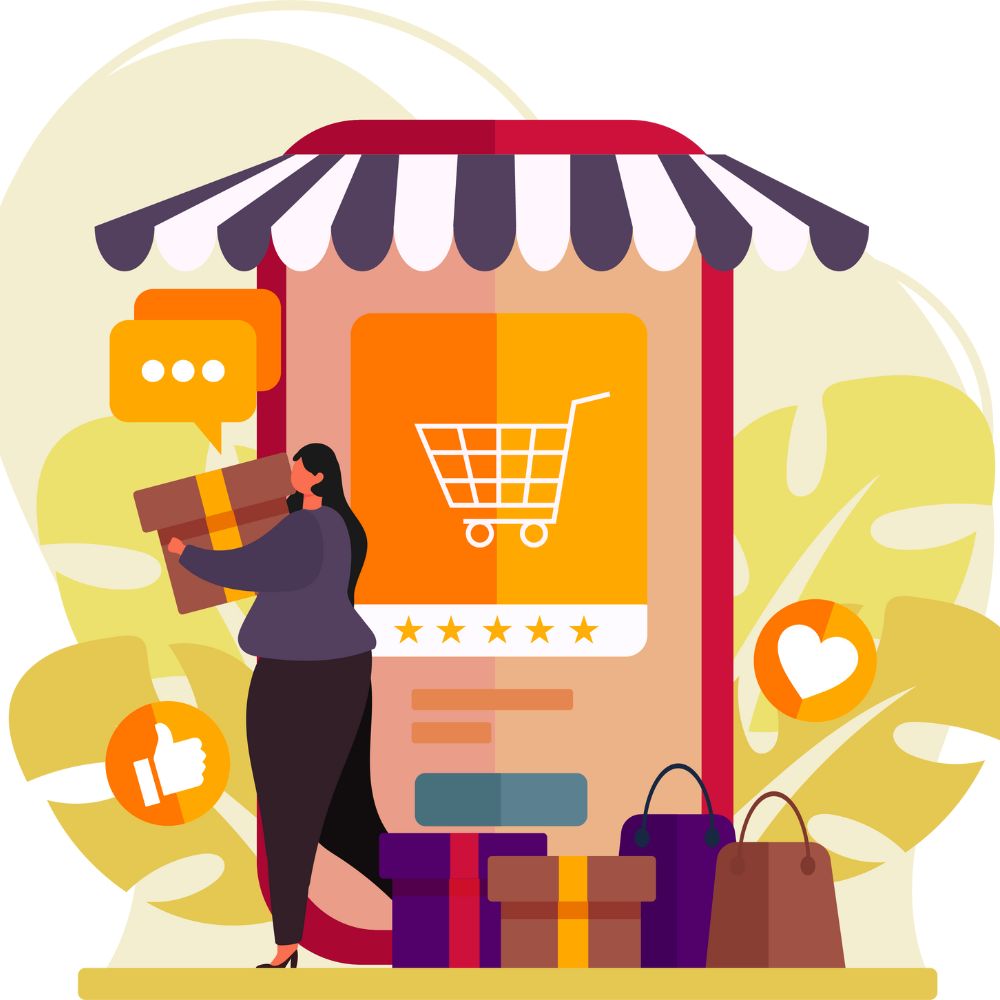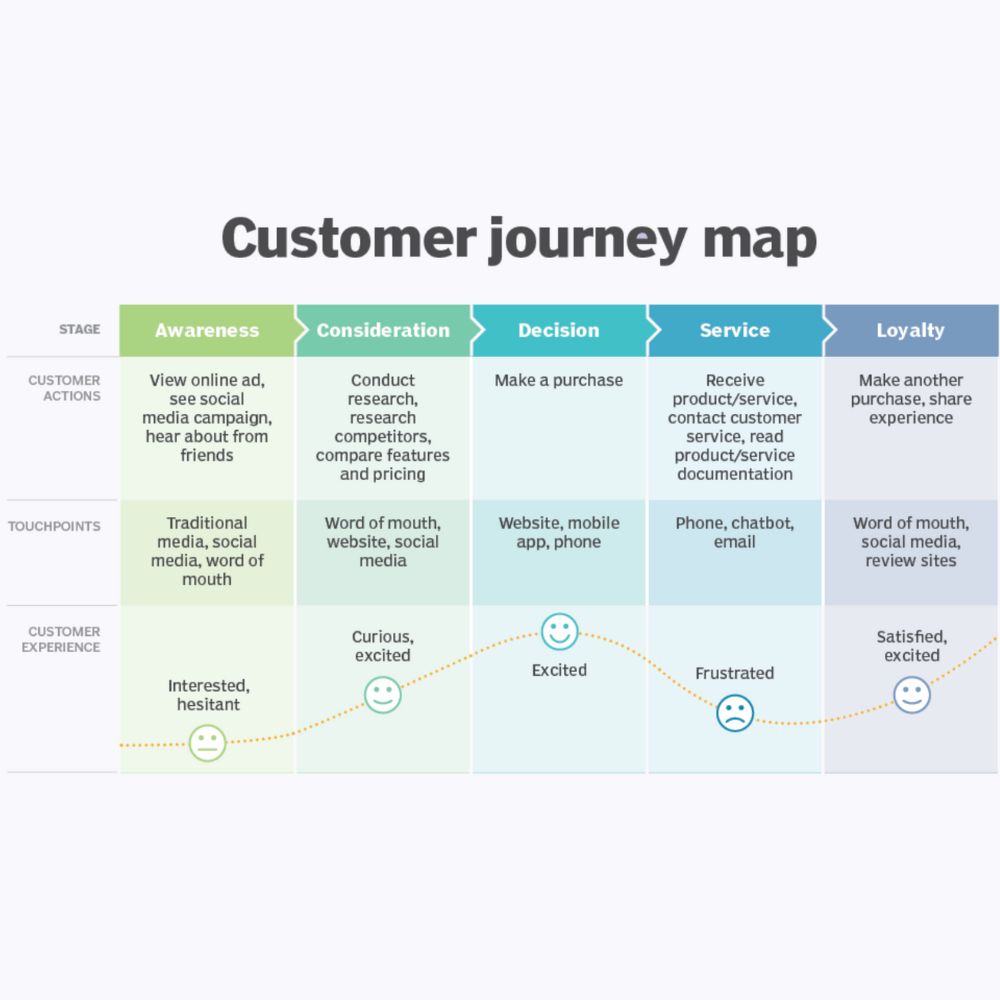
The e-commerce customer journey encompasses the entire path a potential customer takes, from discovering your business to becoming a loyal advocate. It’s a multi-stage process that involves various touchpoints and interactions. Let’s break it down.
What is the E-commerce Customer Journey?

The e-commerce customer journey involves the steps a potential customer goes through before making a purchase. It begins with awareness, where customers become familiar with your products or services.
Next comes consideration, where they evaluate their options. The acquisition stage is when they make a purchase. Afterward, retention focuses on keeping them engaged, and finally, advocacy, where they become brand promoters,
Why is the E-commerce Customer Journey Important?

Understanding the customer journey is crucial for delivering a positive experience. Each stage provides insights into customer needs and expectations. This helps in tailoring your approach to enhance their journey, ultimately leading to more sales and loyalty.
Stages

- Awareness: This is where potential customers discover your business, often through social media, referrals, or traditional media. Focus on boosting your online presence and engagement to attract attention.
- Consideration: Customers research your offerings, comparing prices, reviews, and benefits. Provide detailed product information and showcase unique selling points.
- Acquisition (purchase): The point of sale Make the purchasing process seamless, secure, and user-friendly.
- Retention: After purchase, maintain engagement through personalized emails, loyalty programs, and great customer service. Encourage repeat purchases.
- Advocacy: Happy customers become advocates, spreading the word about your brand. Encourage reviews, social media shares, and referrals.
Building an Effective E-commerce Customer Journey

- Define Your Ideal Customer: Understand your target audience’s demographics, needs, and preferences. Gather data from various sources, including surveys, social media, and analytics.
- Collect Information: Learn why customers come to you, their expectations, and their behaviors. Use tools like market research, social media listening, surveys, and analytics.
- Identify Touchpoints: Recognize where customers interact with your business, such as social media, emails, and your website. Personalize these interactions to create a cohesive experience.
- List customer actions: Map out the key tasks customers perform at each stage. Streamline the process to enhance the user experience and satisfaction.
- Create a Journey Map: Visualize the customer journey with touchpoints and actions. Continuously evaluate and update it as customer needs evolve.
- Plan Resources: Tailor campaigns and messages to align with each touchpoint. Utilize tools like Omnisend to track customer journeys and optimize touchpoints.
You can use canva to create a customer journey map.
In Summary

Understanding and optimizing the e-commerce customer journey is vital for a successful online business. By creating a seamless and tailored experience from discovery to advocacy, you can boost sales, increase customer loyalty, and stay competitive in the e-commerce landscape. Utilize tools like Omnisend to manage and enhance every step of the journey.
Related posts: Top Online Selling Platforms for 2023: Reach More Customers

















Discussion about this post